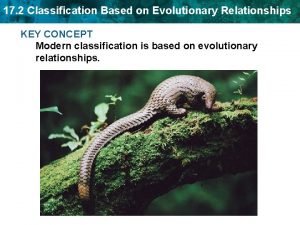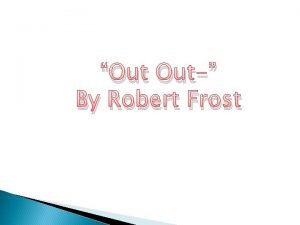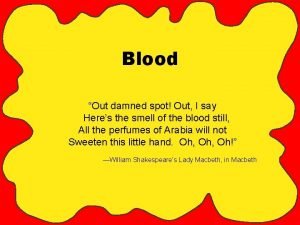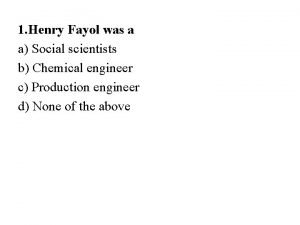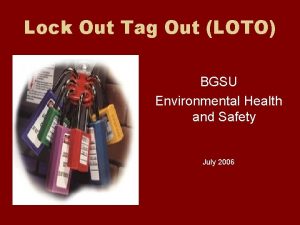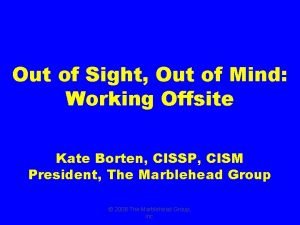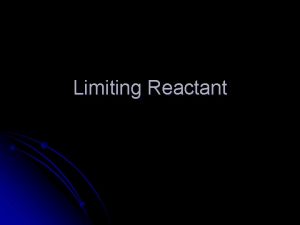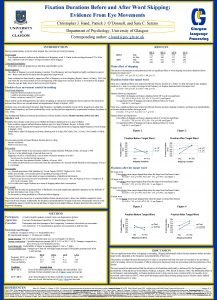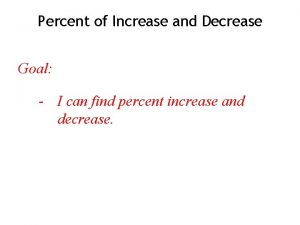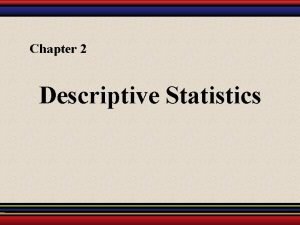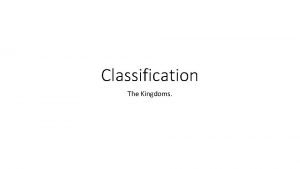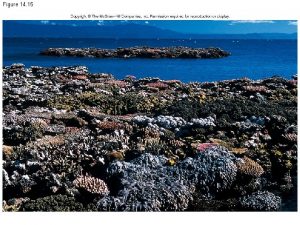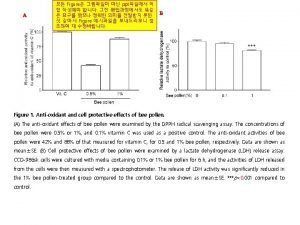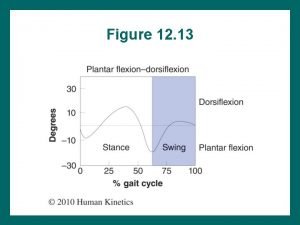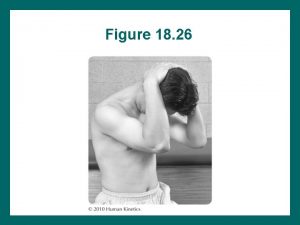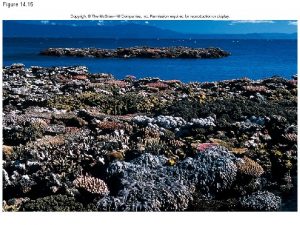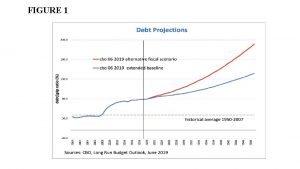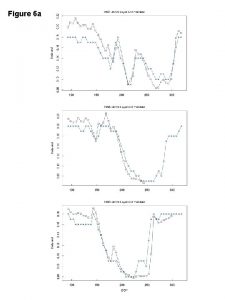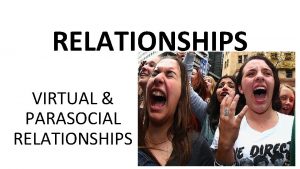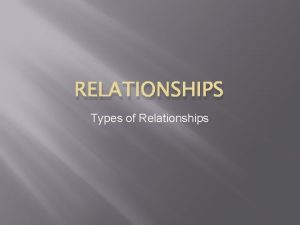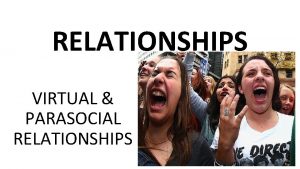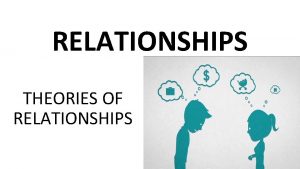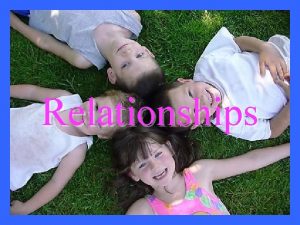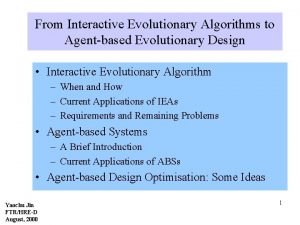How do we figure out the evolutionary relationships


















































- Slides: 50


How do we figure out the evolutionary relationships among organisms? • We rely on shared, derived characters – Shared = shared, found in multiple related groups/species – Derived = new, non-ancestral – Characters = heritable traits of an organism (e. g. , morphology, physiology, biochemistry, behavior, developmental pattern, chromosome features, gene sequences, etc. )

Homology, Analogy, and Cladistics • Homologies are characteristics that are alike because of common descent • Analogies, or homoplasies, are characteristics that are alike in form or function (probably due to similar selective pressures), but do not share a common ancestry (evolved independently). This is known as convergence.


Cladistics • A cladogram is a graphical representation of the relatedness of species (their phylogeny) based on the number of characteristics from common ancestors that they share (can be morphology, behavior, genes, etc. ) – One axis is time, with the top (or right) being the present and the bottom (or left) being earlier. – Nodes are the splitting points. Represent the most recent common ancestor of two or more taxa. • The more homologies, the more closely related.

Parsimony • Parsimony – the fewest number of evolutionary changes is the most likely explanation. For example, you don’t want to have feathers evolve 317 times in your phylogeny if you can help it. The idea that feathers evolved only once is more parsimonious. • However, if you have a whole bunch of traits on which to base your cladogram, it might be simpler for one trait to evolve independently multiple times. This trait is an analogy.

Monophyletic group • A proper clade. Includes a common ancestor and ALL descendants. A B C D E F

Paraphyletic Group • Includes a common ancestor and only SOME descendants. (e. g. great apes – doesn’t include humans, others? ) A B C D E F

Polyphyletic Group • A group that share a common trait, but the trait is an analogy (which means? ) e. g. , birds of prey, marine mammals, others? A B C D E F

Comparison

Clarification • Ancestral/derived are terms that have to be used relatively. • For example, when comparing reptiles, dinosaurs, birds, and mammals, body hair is a derived feature for mammals. However, when discussing mice, rats, dogs, and people, body hair is ancestral (the most recent common ancestor of all four groups had body hair).

Evolution is… • A change in gene frequencies in a population of organisms over time. ● What causes this to happen?

Mechanisms of Evolution • Mutations • Random changes in genetic material – generates variation in a population • Natural Selection • Process by which those more adapted to survive pass on more genes • Sexual Selection • Really a kind of natural selection. Process by which those more adapted to successfully mate pass on more genes • Gene flow • Transfer of genes between 2 populations • Genetic Drift (Founder Effect, Bottlenecking) – evolution caused by random events, like a new geographic separation or event that randomly kills individuals.

Natural Selection

How do these small changes in gene frequencies explain all the species on earth today? • It’s been a long time • The Earth is ~4. 5 BILLION yrs old • 540 MILLION yrs ago – 1 st vertebrates • 150 million years later, 1 st vertebrates on land • 200 million years later, 1 st vertebrates in the air!

Why do some organisms/ structures seem perfect? 1. It has taken a long time, and many, many generations. 2. Look closer – there a lot of imperfections. 1. 2. Vestigial organs Imperfect “design” 3. The environment is always changing. 4. Variation be present for selection to act upon.




Getting started Pick up your quizzes from last week at the front of the room. Check each week to make sure that your daily discussion grades are entered correctly. Any questions about phylogenetic trees or any other material covered so far in class?

Species & Speciation (see Ch. 27) ❖What is a species? ▪ Biological species concept ▪ Phylogenetic species concept ▪ Morphospecies concept ❖Modes of speciation ❖Challenges to species concepts


What is a species? = an evolutionarily independent population or group of populations. Three criteria discussed here: 1. Biological species concept 2. Morphospecies concept 3. Phylogenetic species concept

1. Biological Species Concept = A group of populations that is reproductively compatible with one another, but not compatible with other species. • Reproductive compatibility • Reproductive isolation= no interbreeding in nature or failing to produce viable and fertile offspring • Can’t be used for fossils or asexually reproducing populations, and often difficult when populations don’t overlap.

Reproductive Isolating Mechanisms 1. Prezygotic isolation – anything that prevents individuals from two populations/species from reproducing together (forming a zygote). 2. Postzygotic isolation – offspring of matings do not survive or reproduce.

Prezygotic barriers (zygote doesn’t form) • Temporal – breeding occurs at different times • Habitat – breed in different habitats • Behavioral – different courtship • Gametic barrier – egg and sperm are incompatible • Mechanical – reproductive structures are incompatible Bishop Pine Monterey Pine Blue-footed booby

Postzygotic barriers (after zygote forms) • Hybrids aren’t viable (don’t survive) • Hybrids are sterile (can’t reproduce) + Horse Rock dove Ring-necked dove = Donkey Sterile mule

2. Morphospecies Concept • Classifies species based on morphology (size/shape/coloration). • Widely applicable, but has some problems– ex. it’s highly subjective.

3. Phylogenetic Species Concept • Def. A species is the smallest monophyletic group on the tree of life. • Based on evolutionary history. • Useful because it can be applied to any population, but not always enough information available.

What is a species? = an evolutionarily independent population or group of populations. Three criteria discussed here: 1. Biological species concept 2. Morphospecies concept 3. Phylogenetic species concept


What is speciation? = a splitting event that creates two or more distinct species from a single ancestral species. Results from genetic isolation and genetic divergence

Modes of Speciation • Allopatric speciation = geographic isolation • Sympatric speciation = within the same geographic region

Allopatric Speciation Def. Species divergence from long-term spatial isolation, caused by dispersal or a physical barrier (vicariance) Ex: Adaptive radiation and island biogeography Hawaiian honeycreepers

Possible outcomes of allopatry What if “hybrids” fully fertile?

Possible outcomes of allopatry What if “hybrids” fully fertile? NO SPECIATION

Possible outcomes of allopatry What if “hybrids” fully fertile? Genetic divergence must occur, not just genetic isolation. • Drift • Mutation • Natural selection

Sympatric Speciation Def. Speciation that occurs when two diverging populations live in the same area. Due to: • External events (e. g. , disruptive selection for extreme phenotypes based on ecological niches) • Internal events (e. g. , chromosomal mutations)

Sympatric speciation: external events example

Sympatric speciation by polyploidization Primroses Diploid (2 n) Tetraploid (4 n) • Most eukaryotes have two sets of chromosomes (diploid or 2 n). • Mutation and hybridization can increase ploidy- doubling chromosomes • Mechanical isolation of polyploids from diploids.

Additional terminology related to phylogenetics • Cladogenesis is branching evolution; results in increased diversity. • Anagenesis is speciation in time.

Winter 2016 Week 2 Bio 94 Discussion

Speciation Mechanisms Prezygotic isolation -Temporal -Spatial (habitats) -Behavioral -Mechanical -Gametic Postzygotic isolation -Survivorship (reduced hybrid viability) -Fertility (hybrid sterility)

Speciation Mechanisms

Speciation Mechanisms Temporal, prezygotic

Speciation Mechanisms

Speciation Mechanisms Allopatric, yes

Speciation Mechanisms

Speciation Mechanisms Survivorship, postzygotic

Speciation activity - Work on assigned scenario with your group - Present your scenario and which mechanism of evolution it involves Remember mechanisms of evolution: - Natural selection, sexual selection - Genetic drift - Mutation Remember the four kinds of natural selection: - Directional - Stabilizing - Disruptive - Balancing
 Classification based on evolutionary relationships
Classification based on evolutionary relationships Based on evolutionary relationships
Based on evolutionary relationships Personification in one thing by one direction
Personification in one thing by one direction The buzz saw snarled and rattled in the yard
The buzz saw snarled and rattled in the yard Out out by robert frost analysis
Out out by robert frost analysis Out, damned spot! out, i say!
Out, damned spot! out, i say! Outta sight outta mind quotes
Outta sight outta mind quotes Out of sight out of time
Out of sight out of time Henri fayol was a social scientist
Henri fayol was a social scientist Out out- analysis
Out out- analysis Matthew 11 28 message
Matthew 11 28 message Put out that light
Put out that light Log out tag out deutsch
Log out tag out deutsch Makna out of sight out of mind
Makna out of sight out of mind Loto safety talk
Loto safety talk Lock out tag out pictures
Lock out tag out pictures Liniting reactant
Liniting reactant How to figure out sales tax from total
How to figure out sales tax from total Find mean of the
Find mean of the The word-skipping technique lets you figure out
The word-skipping technique lets you figure out How to figure out your pirate name
How to figure out your pirate name 13 figure grid reference
13 figure grid reference Use the crowding out figure 29-10
Use the crowding out figure 29-10 How to find percentage increase
How to find percentage increase Figure out the words using the clues provided
Figure out the words using the clues provided How to work out relative frequency
How to work out relative frequency Sự nuôi và dạy con của hươu
Sự nuôi và dạy con của hươu điện thế nghỉ
điện thế nghỉ Một số thể thơ truyền thống
Một số thể thơ truyền thống Nguyên nhân của sự mỏi cơ sinh 8
Nguyên nhân của sự mỏi cơ sinh 8 Trời xanh đây là của chúng ta thể thơ
Trời xanh đây là của chúng ta thể thơ Gấu đi như thế nào
Gấu đi như thế nào Frameset trong html5
Frameset trong html5 Số nguyên tố là
Số nguyên tố là Thiếu nhi thế giới liên hoan
Thiếu nhi thế giới liên hoan Fecboak
Fecboak Các châu lục và đại dương trên thế giới
Các châu lục và đại dương trên thế giới Thế nào là hệ số cao nhất
Thế nào là hệ số cao nhất Sơ đồ cơ thể người
Sơ đồ cơ thể người Tư thế ngồi viết
Tư thế ngồi viết đặc điểm cơ thể của người tối cổ
đặc điểm cơ thể của người tối cổ Mật thư anh em như thể tay chân
Mật thư anh em như thể tay chân Bổ thể
Bổ thể Tư thế worm breton là gì
Tư thế worm breton là gì Tư thế ngồi viết
Tư thế ngồi viết ưu thế lai là gì
ưu thế lai là gì Thẻ vin
Thẻ vin Bàn tay mà dây bẩn
Bàn tay mà dây bẩn Thể thơ truyền thống
Thể thơ truyền thống Các châu lục và đại dương trên thế giới
Các châu lục và đại dương trên thế giới Từ ngữ thể hiện lòng nhân hậu
Từ ngữ thể hiện lòng nhân hậu

